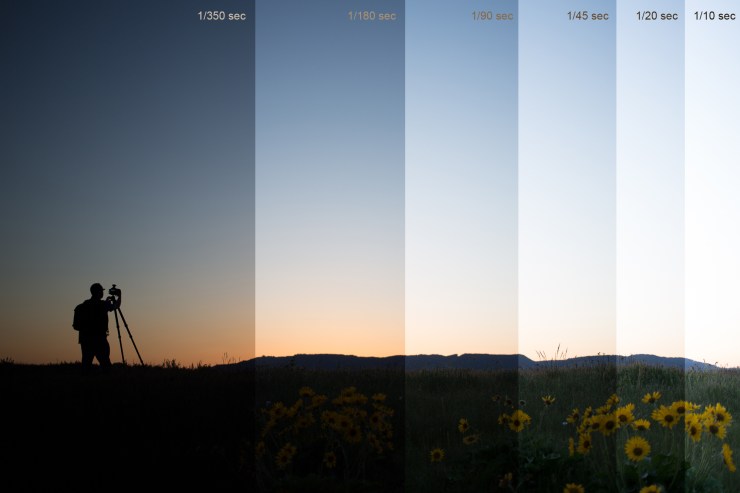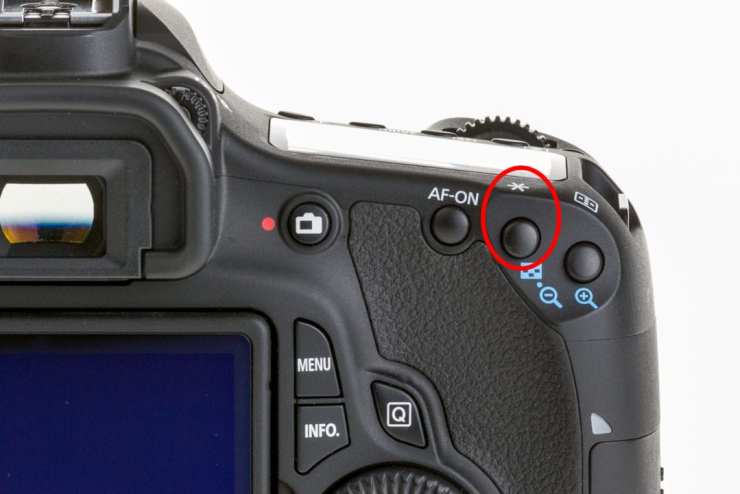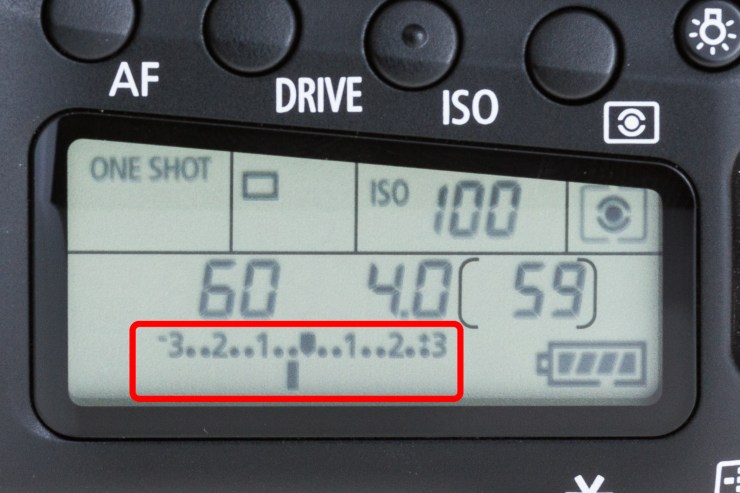A silhouette can make a beautiful photograph. They are a true minimalistic image, and can even evoke a feeling of mystery or suspense. And the good thing is that they are relatively simple to create!
The basics of creating a silhouette is that your background will need to be brighter than your foreground and subject. Most of the time, when you are outdoors on a sunny day, this won’t be a problem. If you are photographing with studio lights or artificial light, then you will want to be sure that your background is lit more than your subject by several stops.
For example, if a proper exposure on your subject would be f/4, but your background meters at f/16 (a difference of four stops), then it’s likely that you will underexpose and darken your subject to create a silhouette (so long as you set your camera to f/16).
To set your camera properly for a silhouette, you want to meter for the sky (or the background, whatever is the brightest part of your scene behind the subject). This will involve an understanding of your camera and metering modes, as well as camera functions such as AE lock and exposure compensation.

To help get you started, here are some of the metering modes you can use, some you should avoid and also a workarounds to an exposure that may not be working out for you.
Evaluative or Matrix metering
This is the “standard” metering mode for most cameras and may work perfectly for your silhouette. This mode averages the exposure for your entire scene, so if the background or sky is the largest portion of your scene, then you’ll probably be OK with using this metering mode on your silhouette. If a large part of your image is your subject and/or foreground, then you may end up with an overexposed silhouette.
Partial and/or Center Weighted metering
This will weigh the metering of your scene in the center of your viewfinder and expose for that area. It can be a good metering mode to use if your subject is off-center and the sky is the most prominent portion of the center of your scene. However if your subject is in the center of your frame then it might not be the best for a silhouette.
Spot metering
Spot metering can be great choice for silhouettes if you know how to use it. This metering mode will pull a very small portion of the frame, either from the very center of the viewfinder or from your focus point and meter from that spot. If this spot is sitting over your subject, then you will not end up with a silhouette but rather a very blown-out background.
If you know how to use your AE lock button (“Autoexposure” Lock) — which is typically the little button with the asterisk on it near your right thumb when holding your camera — then that is an excellent way to ensure a good silhouette exposure. Just put the spot over your sky, press the AE lock button once and then focus and recompose your scene. You will likely have to re-lock the exposure for each frame, and it is also a good idea to refer to your camera manual to find out more about this feature specific to your camera model.

If you are still having difficulty getting the exposure set in-camera, then the best choice-of-action is to use your Exposure Compensation slider to underexpose your scene. Move the dot toward the minus sign and take a few test shots to see what you’re getting.
The further you push the dot toward the left, the more you will underexpose your overall exposure and eventually create a silhouette of your scene.

Tell your story with the second annual Visual Storytelling Conference!
Experience four days of interactive, online training sessions featuring a range of educational content with experienced photographers and content creators. This free event kicks off with a series of technical boot camps to build essential skills, followed by live, online sessions on photography, video, business and social media. Join live from March 10-13, 2022!
